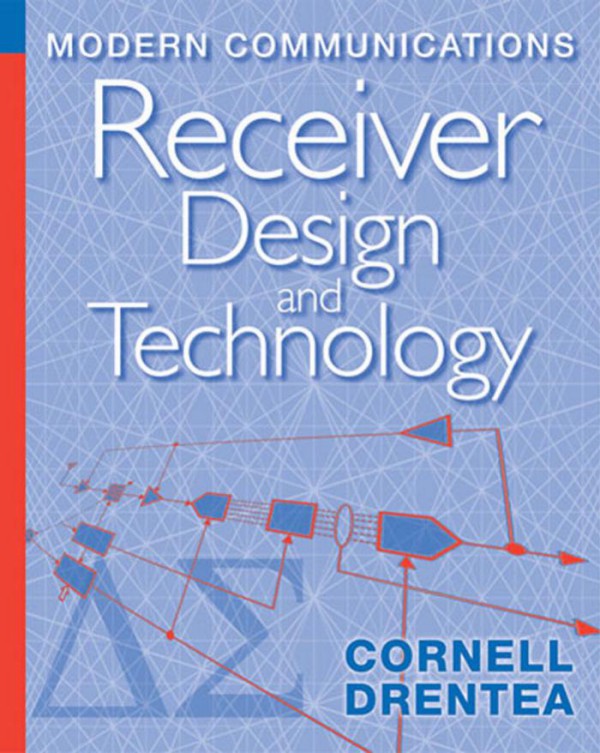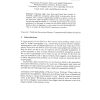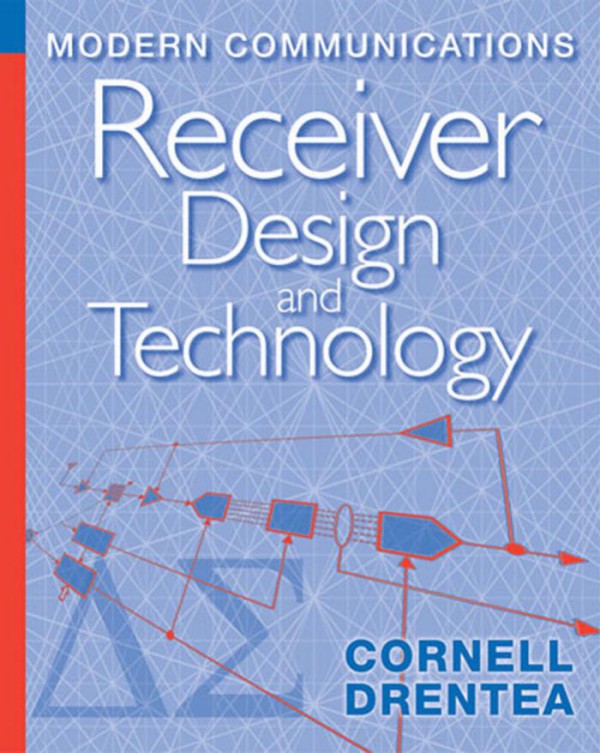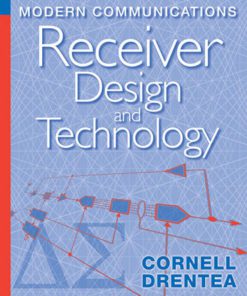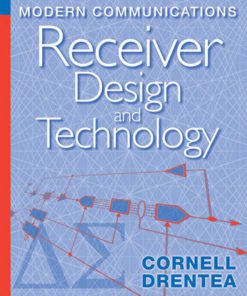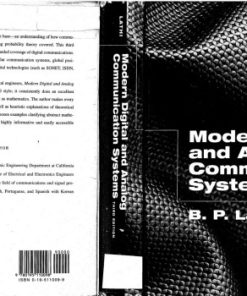Modern Communications Receiver Design and Technology 1st edition by Cornell Drentea 1630812617 978-1630812614
Original price was: $50.00.$25.00Current price is: $25.00.
Authors:Cornell Drentea , Series:IT & Computer [10] , Tags:Antiques & Collectibles; Radios & Televisions; Technology & Engineering; Electrical; Operations Research , Author sort:Drentea, Cornell , Ids:9781596933095 , Languages:Languages:eng , Published:Published:Feb 2010 , Publisher:Artech House , Comments:Comments:This comprehensive sourcebook thoroughly explores the state-of-the-art in communications receivers, providing detailed practical guidance for constructing an actual high dynamic range receiver from system design to packaging. You also find clear explanations of the technical underpinnings that you need to understand for your work in the field . This cutting-edge reference presents the latest information on modern superheterodyne receivers, dynamic range, mixers, oscillators, complex coherent synthesizers, automatic gain control, DSP and software radios. You find in-depth discussions on system design, including coverage of all pertinent data and tools. Moreover, the book offers you a solid understanding of packaging and mechanical considerations, as well as a look at tomorrow’s receiver technology, including new Bragg-cell applications for ultra-wideband electronic warfare receivers. This one-stop resource is packed with over 300 illustrations that support critical topics throughout.

